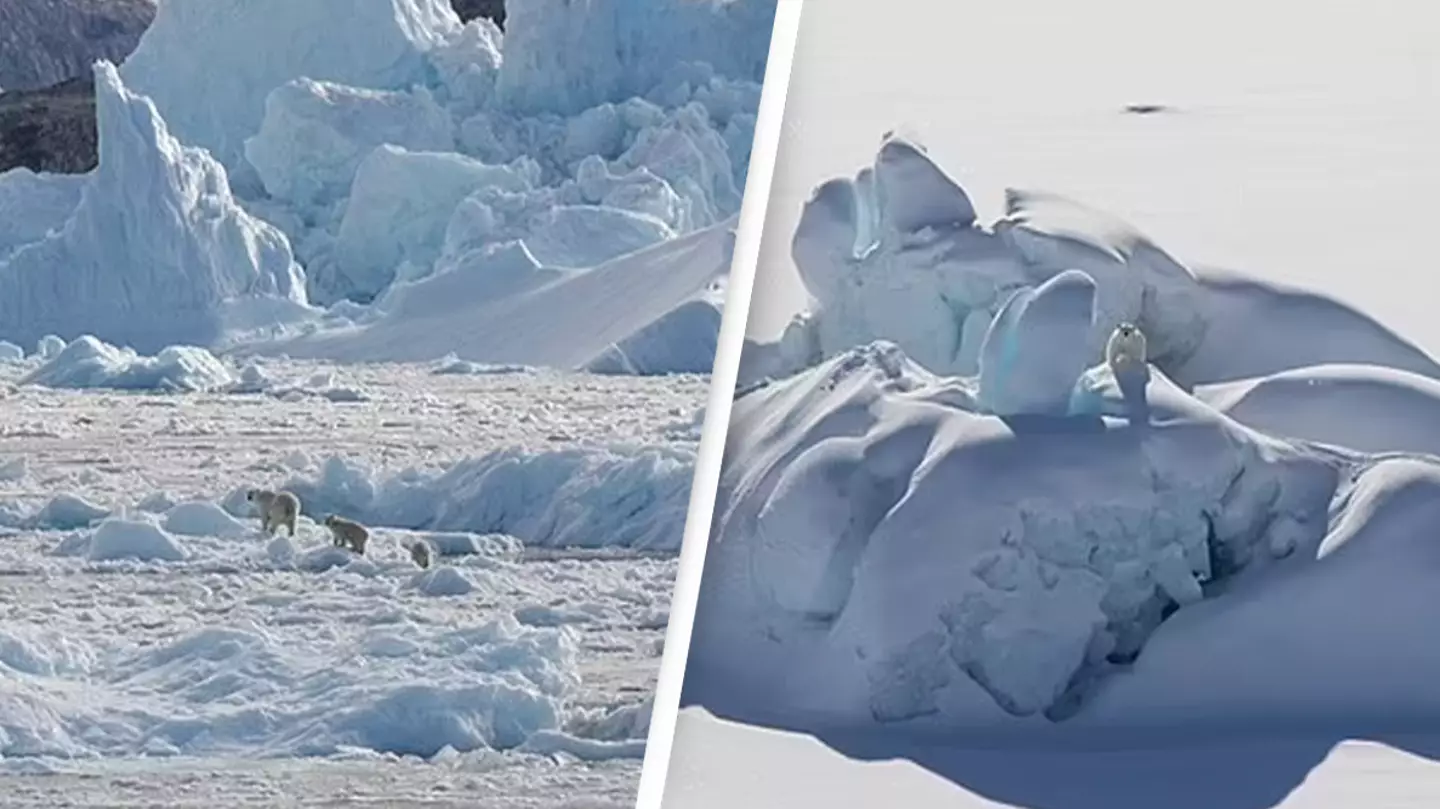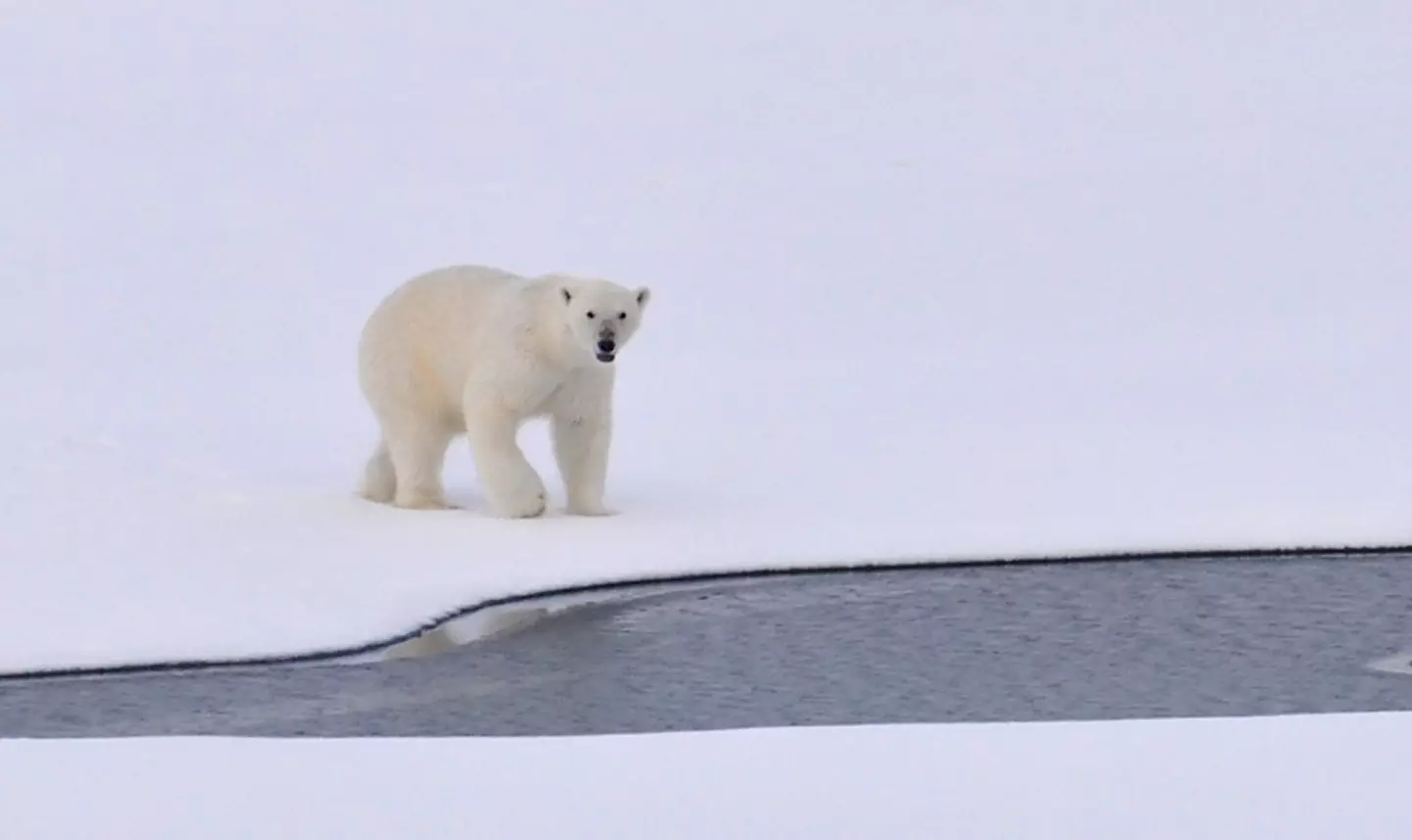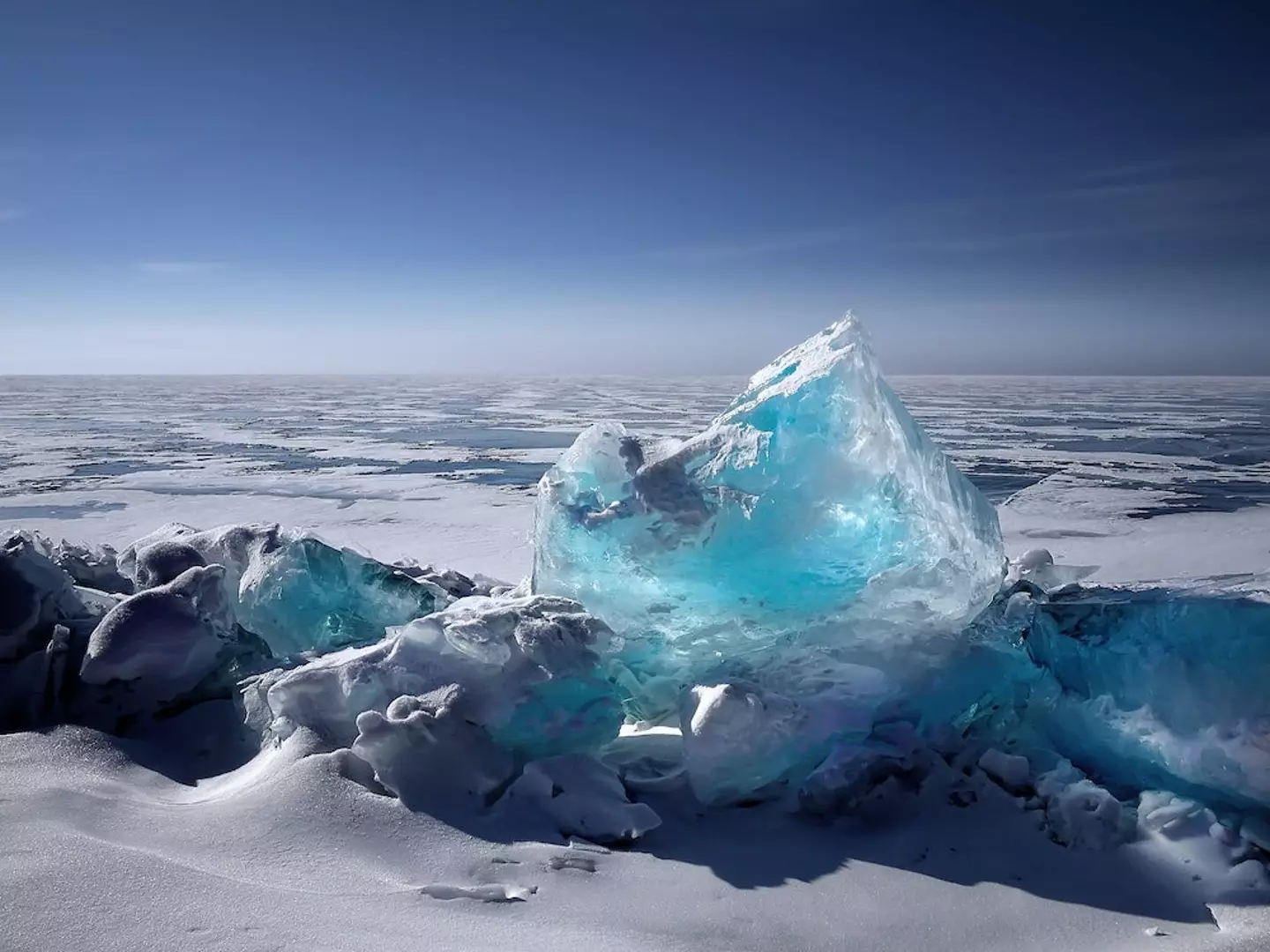
A new population of polar bears have been discovered thriving near the Arctic Circle, suggesting how the species might adapt amid climate change.
The future of polar bears has long been warned about by climate experts, as melting ice and increasing human activity continue to erode the animals' habitat.
However, a team of scientists from the University of Washington have spotted a previously unknown subpopulation of the Arctic animals living in Southeast Greenland despite having limited access to sea ice.
Advert
According to a release shared this week, the group appear to have adapted to their environment and are able to hunt from freshwater ice as it travels down into the sea from nearby glaciers.

Lead author of the study is Dr Kristin Laidre, a UW scientist who specialises in the ecology and population dynamics of Arctic marine mammals including the impact of climate change.
“We wanted to survey this region because we didn’t know much about the polar bears in Southeast Greenland, but we never expected to find a new subpopulation living there,” she said.
Advert
“We knew there were some bears in the area from historical records and Indigenous knowledge. We just didn’t know how special they were.”
The team collated seven years of new data taken from the southeastern coast of Greenland with 30 years of historical data from the region’s entire east coast, which was assisted by gathering information from polar bear subsistence hunters in east Greenland.

Due to difficult weather and jagged mountains, the region hasn’t been studied in great depth up until now.
Advert
As shown in the study, which was published in Science on June 17, the subpopulation of polar bears only have access to sea ice for four months of the year.
Normally these animals depend on this for hunting and they are unable to survive without food for eight months, but the Southeast Greenland subset are able to hunt seals from the freshwater ice that breaks off the Greenland Ice Sheet.
The findings are promising, especially given that Greenland could potentially produce the glacial ice they need to survive for a long time.
“Polar bears are threatened by sea ice loss due to climate change,” added Laidre, who is also an associate professor of aquatic and fishery sciences at the university.
Advert
“This new population gives us some insight into how the species might persist into the future.”
However, she said it’s important to not assume this trend applies to all polar bears, as the glacier ice is not available in most of the Arctic.
“If you’re concerned about preserving the species, then yes, our findings are hopeful – I think they show us how some polar bears might persist under climate change,” explained Laidre.
Advert
“But I don’t think glacier habitat is going to support huge numbers of polar bears. There’s just not enough of it.
“We still expect to see large declines in polar bears across the Arctic under climate change.”
If you have a story you want to tell, send it to UNILAD via [email protected]
Topics: Animals, Climate Change, World News, Science
